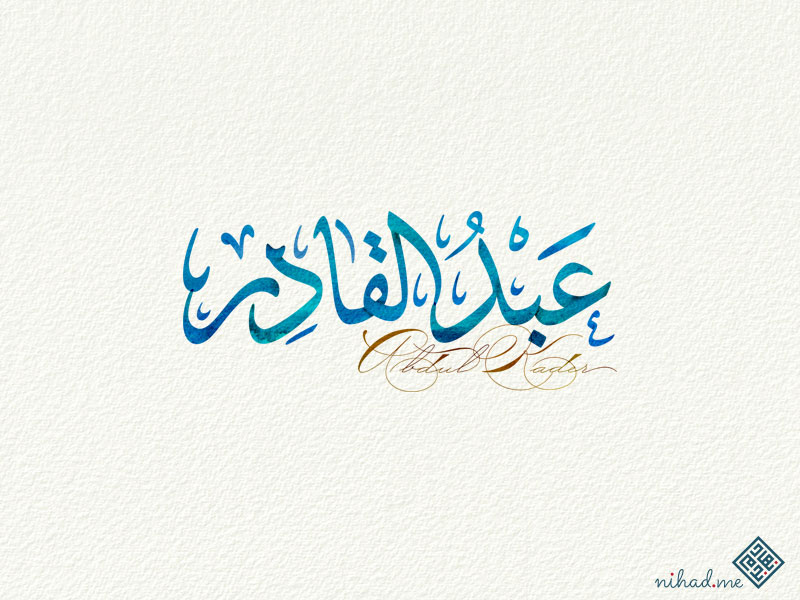Arabic calligraphy is a beautiful and intricate art form that has a rich history and cultural significance. It is the art of writing the Arabic script in a harmonious and visually pleasing manner, and it is an essential part of Islamic culture and art. If you are interested in learning this art form, this beginner’s guide will give you a basic understanding of what Arabic calligraphy is, the materials and tools you will need, and the different styles you can explore.
The first step in mastering the art of Arabic calligraphy is to understand the Arabic script. The Arabic script is written from right to left and it is made up of 28 letters. Each letter has a unique shape and form, and the calligrapher must master the art of combining these letters to create beautiful and meaningful words and phrases.
Materials you need for Arabic Calligraphy
To practice and improve your calligraphy skills, you will need some basic materials such as pen, paper, and ink. The most traditional and commonly used tool for calligraphy is a reed pen, which is made from the stem of a reed plant. These pens are cut to a point and are used to create thin, fine lines. Other tools such as fountain pens, and brush pens can also be used, depending on the style of calligraphy you want to learn.
When it comes to paper, calligraphy paper is preferred as it is thicker and more absorbent, allowing the ink to flow more easily. However, you can also use regular drawing paper or even rice paper to practice.
Ink is another important element in calligraphy. The most traditional ink is made from a mixture of soot and water, but today, calligraphy ink is also available in bottles. It is important to choose an ink that flows smoothly and dries quickly to avoid smudging.
Once you have your materials, you can start learning different styles of Arabic calligraphy. The most common styles include Kufic, Naskh, and Thuluth.
Arabic Calligraphy Styles
Kufic is the oldest style of Arabic calligraphy, and it is characterized by its bold and angular lines. It was primarily used for inscriptions on buildings and monuments, and it is still used today for religious texts and manuscripts.
Naskh, on the other hand, is a more rounded and cursive style of calligraphy. It is often used for official documents and books, and it is considered the most legible style of Arabic calligraphy.
Thuluth is a more ornate and decorative style, characterized by its elegant lines and flowing curves. It is often used for calligraphic art and calligraphic decoration on buildings, manuscripts, and other objects.
Time and practice
Learning Arabic calligraphy takes time and practice. It’s also important to have patience and to not get discouraged if your letters don’t come out perfectly at first. As you gain more experience and confidence, you will find that your calligraphy improves.
Another way to improve your calligraphy skills is by studying the work of other calligraphers. Look for examples of Arabic calligraphy online or in books, and try to replicate the styles you like.
In conclusion, Arabic calligraphy is an art form that takes time, patience, and practice to master. By understanding the Arabic script, obtaining the necessary materials and tools, and learning different styles, you can begin your journey to becoming an accomplished calligrapher. Whether you are interested in learning calligraphy for personal enjoyment or as a profession, with dedication and hard work, you will be able to create beautiful and meaningful words and phrases.
